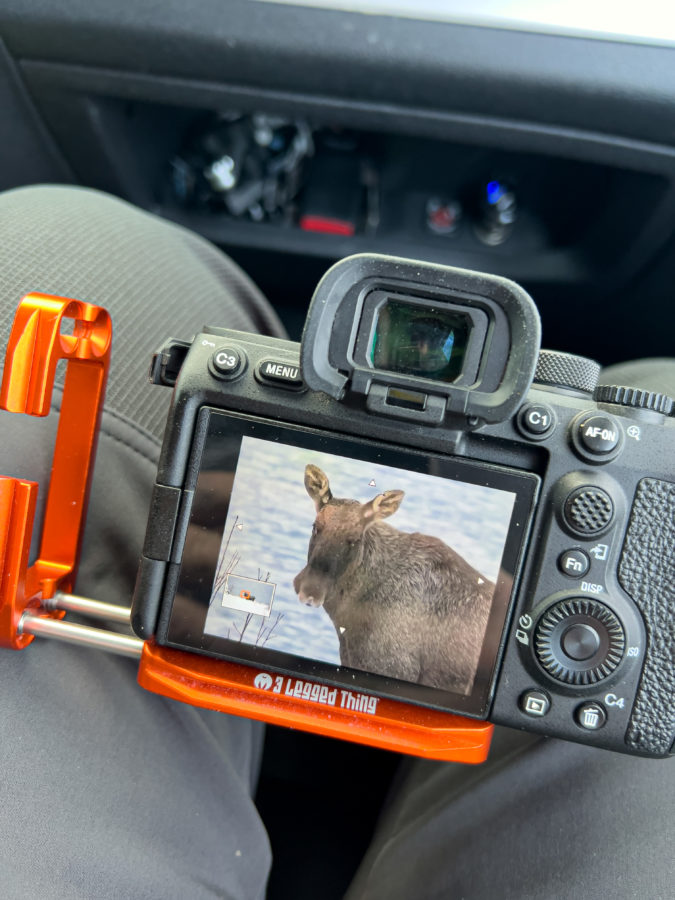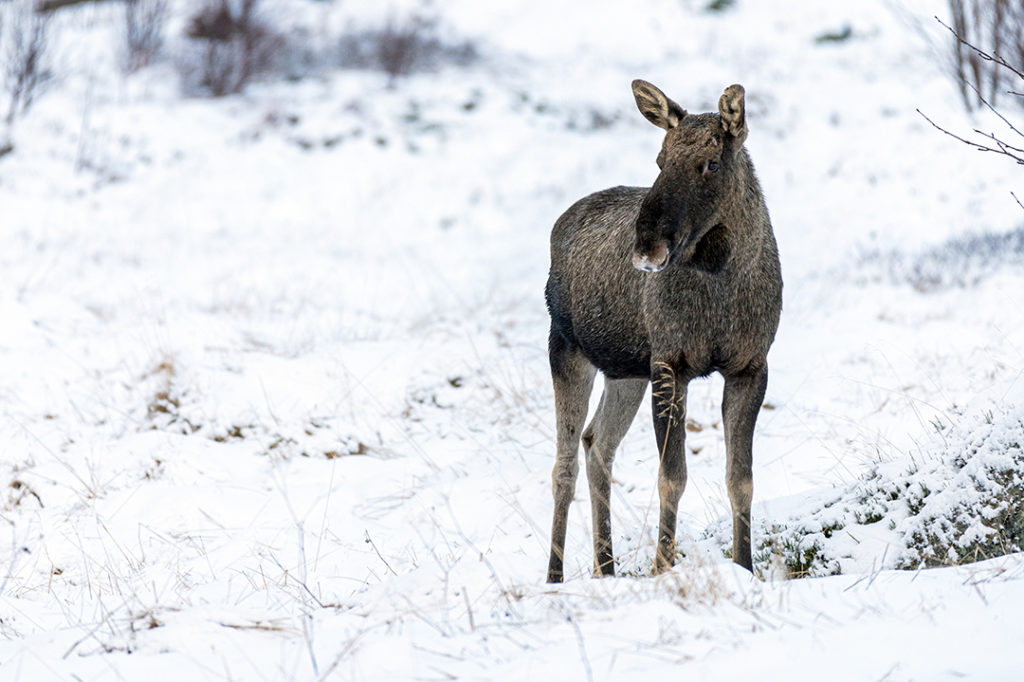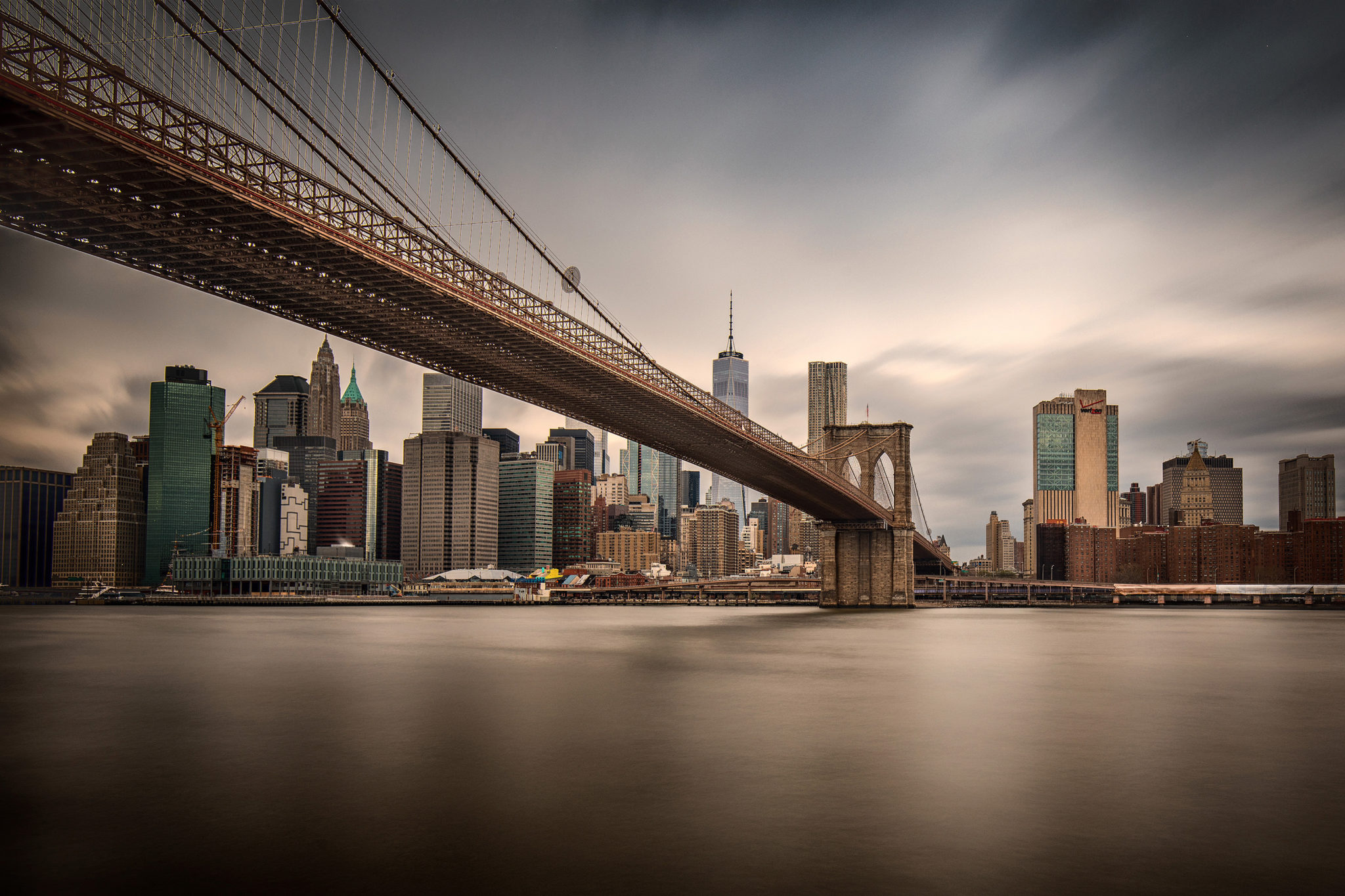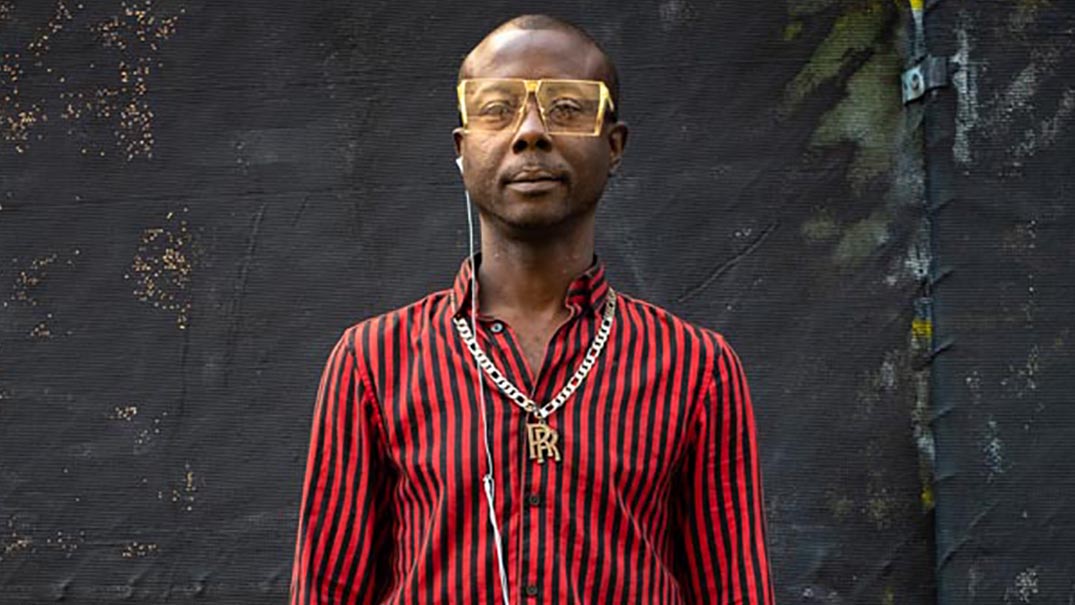It’s #TravelTuesday and I, Dave Williams, am here as always. This week I’m reporting from Lofoten, Norway, where high up in the Arctic the days are starting to get longer and life is slowly getting easier. The sun is higher in the sky and the wildlife is coming out.
One thing I like to do around here is go out looking for the wildlife. When stormy weathers close in the animals all hide in the forests, but then as soon as the storms pass they come out to eat. It’s really fun to go find and photograph the animals. Wildlife photography is a huge genre and it requires specialist equipment like large lenses and fancy tripods, but starting in wildlife photography is quite simple and we can use the gear we already have to practice and get a taste for this craft.
When photographing wild animals it goes without saying that we should be considerate of the animals well-being and not make them feel uneasy, acting ethically and safely at all times. When it comes to pointing our camera at the animals there’s one key point – the eyes.
It’s important with animals just as it is with humans that we focus on the eyes. The eyes hold the character and personality, so having the eyes in focus is a big deal. If we only see one eye, or if the eyes are offset, we need to focus on the closest eye.
I had the opportunity to get up close to a bull moose in Lofoten recently and practice my wildlife photography. The proximity of the moose was testament to just how close it’s possible to get and how we don’t always need enormous lenses.

This moose was busy munching on some birch trees right by the side of the road. I couldn’t drive past – I had to stop and take some photos of him. I was careful to pay attention to his body language and make sure he wasn’t bothered by my presence or the strange device in my hands that I pointed at him to get his picture. Focussing on the eyes made all the difference whilst still considering the landscape around him and the way I composed the images.

The landscape around this guy wasn’t particularly interesting so I followed one other simple rule – I made sure he was looking into the photo rather than out of it. One reaction we have as humans is to check out what eyes are looking at, so it’s important to make sure there’s some space in the photo to follow the path of the eyes. In this instance there’s nothing there, just negative space, but the very fact that there is space satisfies our instincts.
Wildlife photography is so much fun. We can take skills from it and transfer them to our genre of photography, and we’ll meet some awesome creatures in the process.
Much love
Dave




